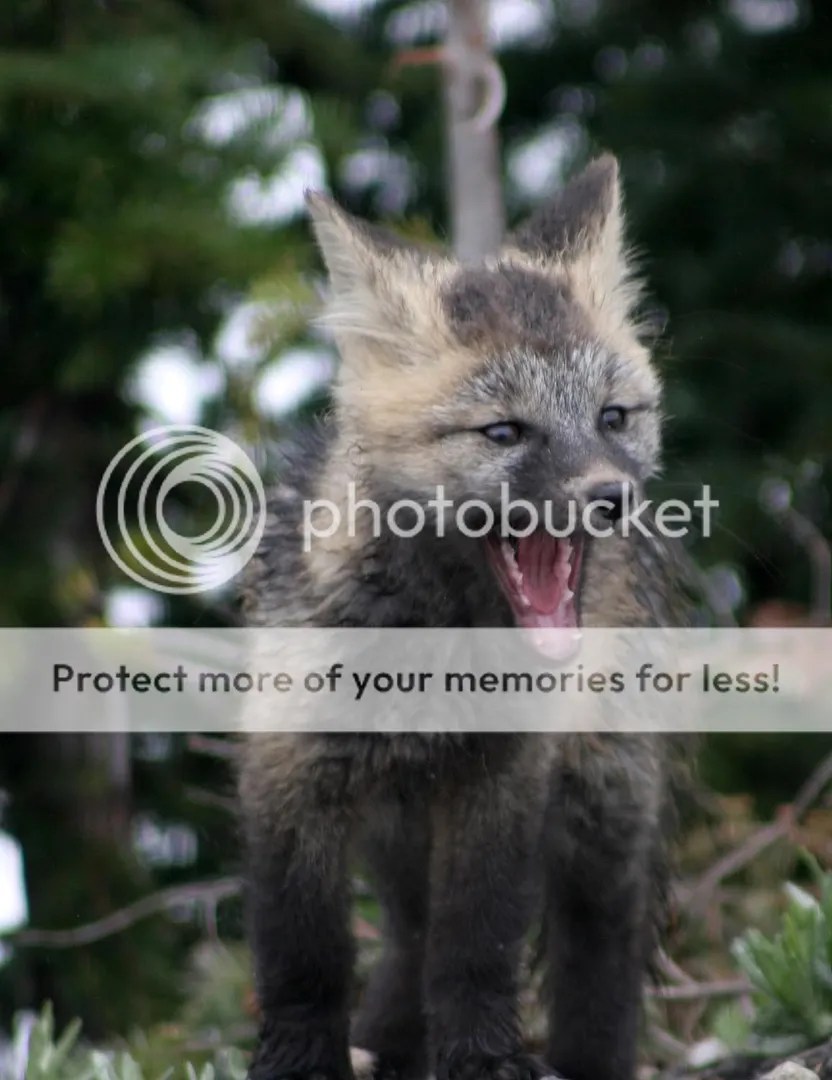I want to start by giving a big thanks once again to Whittaker Mountaineering for helping to bring these weekly posts on Mt. Rainier!
So we’ve started into our series on wildlife in Mount Rainier National Park, and I realized that there is one element we should take a look at before going on any further… Life Zones.
Because these Life Zones separate where you will typically find specific types of wildlife, it will be good for us to have this sort of “animal map” in mind. Keep in mind that some animals live across multiple Life Zones, generally driven there and there by the seasons.
These Life Zones also apply to vegetation, which Lord willing we will discuss in future posts. One of the amazing things about Mount Rainier National Park is that it is one of the few places in Washington where you can see so many life zones in one place.
There are a number of ways to classify and differentiate Life Zones. Different areas of the world require different systems of classification to account for certain variables. It would seem that for Mount Rainier the common method of defining Life Zone is by altitude.
Lowland Forest Zone
The Lowland Forest Zone is the zone in which we enter the park. Mostly you will find smaller creatures here. It lies between the 2,000 to 2,900 ft. elevation marks.
Pacific Silver Fir Zone
This zone lies between 2,900 and 4,500 ft, where the air temperature really begins to cool down. Here you may find squirrels flying around in the trees, and bear cubs up there watching them.
Subalpine Zone
Between 4,500 and 6,000 ft you’ll find the Subalpine Zone. It’s even colder here than in the Pacific Silver Fir Zone, so look for open meadows so you can soak in some sunlight. Remember to keep your eyes peeled for elk and deer in this zone!
Alpine Zone
This is where the trees stop. It starts between 6,000 and 7,500 ft, and goes all the way up to the top of Mt. Rainier (14,410 ft). Permanent snow and ice can be found here, limiting the number of species that can live here. Look for big vermin like the Pika or the Marmot. Alpine insects like the Ice Worm (which “melt” in above freezing temperatures) can also be found here.
…
With these Life Zones in mind we can have a better idea of where particular creatures can be found on Mt. Rainier. Tune in next week as we dive further into the wildlife of Mt. Rainier.
A big thanks to ecologist Jim Schaberl, biologist Mason Reid and park ranger/Volunteer Program Manager Kevin Bacher! All three of these men have a measure of experience on Mt. Rainier, and have given of their valuable time to help make this and future posts possible.
Also, remember to check out this field guide, available from Whittaker Mountaineering.
Thanks for reading, and praise God who created our beautiful Mt. Rainier!!!












 Mice, Rats and Voles
-Deer Mouse
-Gapper’s Red-Backed Mouse
-Heathervole
-Jumping Mouse
-Long-Tailed Vole
-Pack Rat/ Bushy Tailed Woodrat
-Townsend’s Vole
-Watervole
Mice, Rats and Voles
-Deer Mouse
-Gapper’s Red-Backed Mouse
-Heathervole
-Jumping Mouse
-Long-Tailed Vole
-Pack Rat/ Bushy Tailed Woodrat
-Townsend’s Vole
-Watervole
 Marmots, Squirrels & Chipmunks
-Douglas Squirrel
-Golded-Mantled Ground Squirrel
-Hoary Marmot
-Northern Flying Squirrel
-Townsend’s Chipmunk
-Yellow Pine Chipmunk
Marmots, Squirrels & Chipmunks
-Douglas Squirrel
-Golded-Mantled Ground Squirrel
-Hoary Marmot
-Northern Flying Squirrel
-Townsend’s Chipmunk
-Yellow Pine Chipmunk
 Moles:
-Coast Mole
-Shrew Mole
-Townsend Mole
Moles:
-Coast Mole
-Shrew Mole
-Townsend Mole
 Other:
-Northern Pocket Gopher
-Pika
Other:
-Northern Pocket Gopher
-Pika












